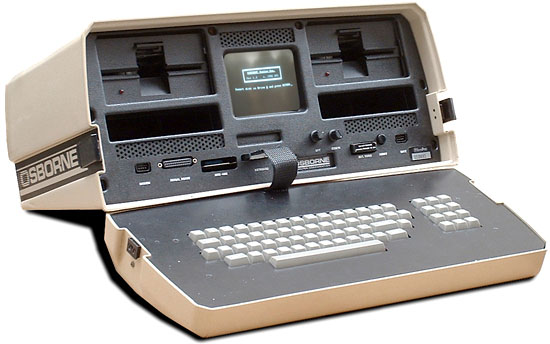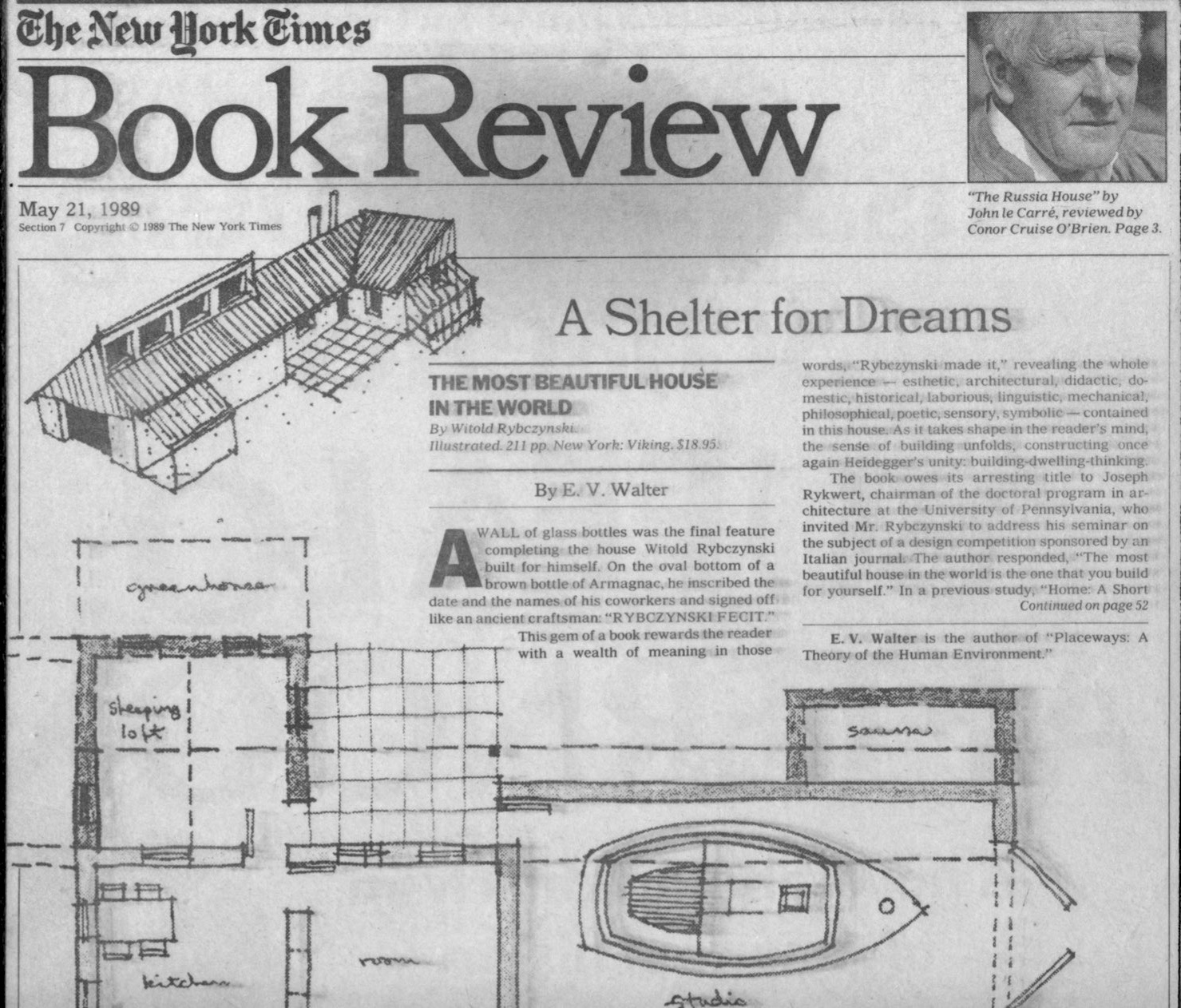MAKE ME AN ANGEL
I’ve been re-watching that excellent TV series, Ozark. The last episode included one of the characters—actually his ghost, there’s a lot of dead people in Ozark—singing a song whose melody was familiar although I couldn’t place it immediately. It was John Prine’s “Angel from Montgomery.” The mournful music evoked my Shirley, who loved Prine. I think it was his ironic lack of sentimentality that appealed to her. She also liked Joe Cocker, Randy Newman, Blossom Dearie, anything by Cole Porter. And Janis, whom she heard at Woodstock.







